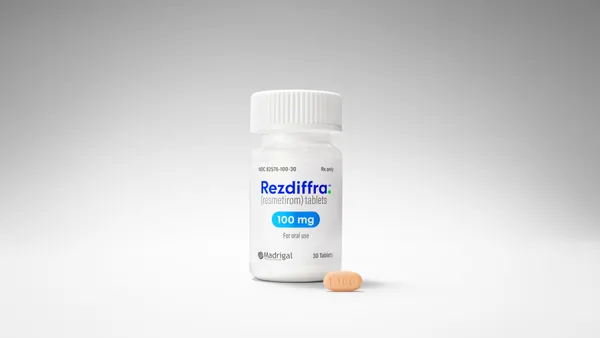Traditionally medical communications have been delivered in the form of jour nal publications, abstracts, posters, and presentations; these are all linear presentation vehicles with a clearly defined beginning, middle, and end. These vehicles always will have an important place in the delivery of medical communications but advances in technology and in new media delivery have opened a vast new world of new opportuni ties for the industry. With this new world, howev er, comes new challenges and the appropriate application (content, structure, and functionality) of new media solutions to medical communica tions initiatives, which ultimately will determine the success or failure of these programs. Consider that the attention span of busy pro fessionals, including the physician audience or pharmaceutical clients, has dramatically declined over the last decade. This decline in attention inversely correlates with a proportional increase in the breadth and scope of traditional and new media communications. While the busy profes sional has literally a world of information at his or her fingertips, the filtering of relevant information becomes a problem and a distraction. New Media Deliverables New media deliverables offer a rapid and effec tive mechanism for distribution of medical and mar keting collateral, but with increased reach comes an audience inundated with information beyond the point of saturation. A logically structured, nonlinear content format for novel multimedia programs breaks through a poor signaltonoise ratio and maintains audience attention. By offering concise and wellstructured content using technology enhanced delivery mechanisms, a medicaleduca tion provider respects its audience’s time, maintains interest above the marketplace din, and effectively delivers its message. Technologyenhanced delivery of medical com munications can maximize clients’ return on invest ment in the medical and marketing collateral devel opment process. But, technology for technology’s sake will not garner audience acceptance of mes sages, and inappropriately applied technology will overshadow key communication messages. Agencies must understand that technology enhanced delivery mediums are quite different from traditional paperbased vehicles. Business requirement gathering expertise is critical to tai loring the appropriate new media format to the content and the target audience. In addition, due to the interactive nature of new media solutions, nonlinear formatting of information is critical to recognize the full potential of the medium and ensure that the enduser recognizes the maximal benefit. Simply applying linear storytelling tech niques to a nonlinear delivery format, be it a database, CDROM, Webcast, or Website, at best underutilizes the capabilities of the medium, and at worst, loses audience attention. Nonlinear formatting of communications means structuring data and messages into rele vant categories with an inherent hierarchal struc ture, where each category is a cohesive thought that fits into the overall nature of the story being told. Information and messaging must be broken down to the smallest common denominator in the development and deployment of information for new media vehicles. And the story, which was tra ditionally told in a linear sequence, must be woven through a nonlinear, sequence independent fash ion. Congruent messaging must be adopted through several layers of information. Data and Amy E. Masonis, Ph.D. Managing Director Lynn Nye Managing Director Donna Schroeder, Pharm.D. President TECHNOLOGY AND PROGRAM DESIGN HELIX MEDICAL COMMUNICATIONS LLC, San Mateo, Ca., a division of Axis Healthcare Communications LLC, is a medical communications agency that provides the AMY E. MASONIS, PH.D. Sophisticated technological delivery mechanisms that are employedmerely for the “geewhiz” factor miss the mark as far as delivering on the strengths of the medium. AMY MASONIS Technology and Medical Communications: Friends or Foes?
An article from


Technology and Medical Communications: Friends or Foes?
Filed Under:
Commercialization








